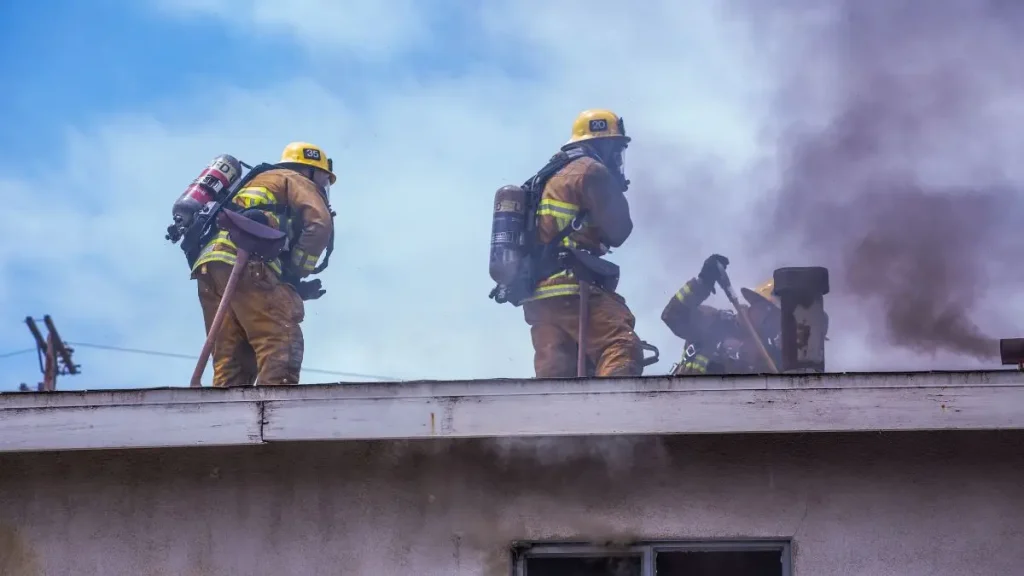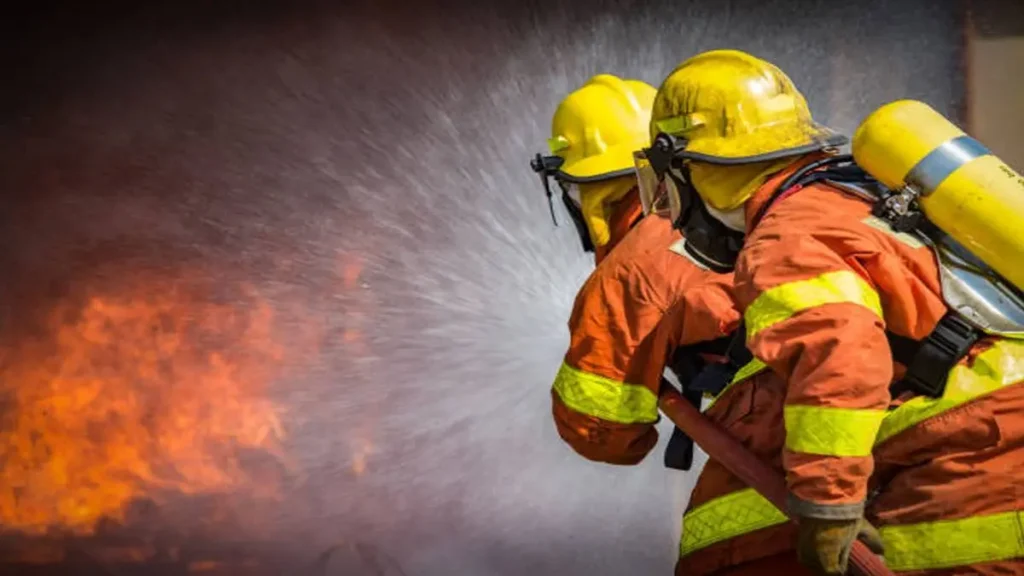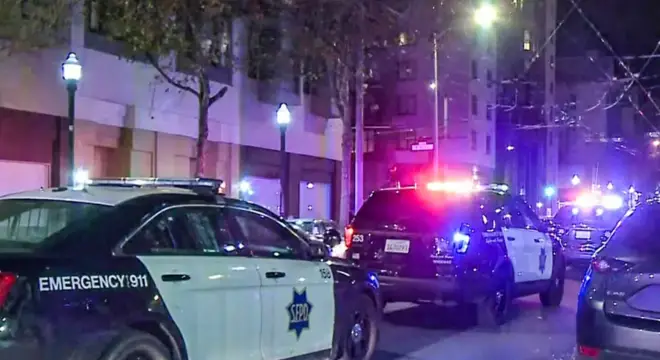Fairfax House Fire Claims One Life, Two Others Taken to Hospital
I still remember scrolling through my phone early Sunday morning when the first reports came in from Fairfax. Around 2:20 a.m., emergency responders were called to the 200 block of Olsen Court. By the time crews arrived, the house was already consumed by flames. Imagine being a neighbor, hearing the roar of fire and seeing people rushing to save lives — it’s the kind of scene that sticks with you.
According to the Linn County Sheriff’s Office, four people managed to escape, including homeowners Nancy and David Olsen, who were later treated for smoke inhalation. Tragically, an elderly man didn’t make it out. His name hasn’t been released yet, but the weight of that loss is palpable, especially when you think about how quickly things can turn catastrophic in a fire.
As I read more about this, I kept asking myself: how could a typical night turn into such a disaster? That question isn’t just curiosity — it’s a reminder that fire safety isn’t something to take lightly, even in seemingly safe neighborhoods.
Fire Scene Description: What Responders Found

When I first read the reports from WHO13, I couldn’t help but picture the scene at Olsen Court. Firefighters arrived to a house completely engulfed in flames around 2:20 a.m. Smoke was billowing, and neighbors were frantic, trying to help however they could.
The crews worked under intense pressure to ensure no one else was trapped inside. According to reports, by the time firefighters assessed the house, it was clear that the elderly man had not escaped. Four other residents had already made it out, but the severity of the blaze left a lasting impression on everyone there.
It’s moments like these that make you realize how unpredictable fires can be. Seeing trained responders in action is both terrifying and inspiring — and it underscores the importance of having a clear fire escape plan.
Like the Clarksville fire, Fairfax’s blaze quickly consumed the home, showing how unpredictable flames can be once they start.
Victims: Who Escaped and Who Was Lost
I looked at the official post from the Linn County Sheriff on X, and it was heartbreaking to read. Four people escaped, but two — the homeowners Nancy and David Olsen — were hospitalized for smoke inhalation. Tragically, the elderly male resident didn’t make it.
Early morning house fire claims a life. pic.twitter.com/FlVkMtvPjv
— LinnCountySheriff (@LinnIASheriff) October 5, 2025
What struck me most reading this was how ordinary people’s lives can change in minutes. The sheriff’s office post isn’t just a report; it’s a stark reminder that fire safety measures aren’t optional. You can take every precaution, but understanding how quickly situations escalate is crucial.
Thinking about these victims, I kept wondering: what can we do differently at home to avoid being in a similar position? That’s exactly what I want to explore with you in the next sections.
Investigation Update: Cause of Fire
The State Fire Marshal’s Office and Linn County Sheriff’s Office have opened an investigation into what caused the fire. At this stage, the exact source of the flames hasn’t been confirmed.
But reading through past reports from similar incidents, it’s clear that home fires can start from the smallest of sparks — faulty wiring, unattended appliances, or even simple accidents in the kitchen.
Knowing that experts are actively investigating gives some reassurance, but it also reminds me that waiting until it’s too late is not an option. Fires don’t just happen in movies — they happen in homes like yours and mine, often when we least expect it.
Similar to the Fort Worth house fire, even small oversights in home safety can have devastating consequences.
Fire Safety & Prevention Tips
After reading these reports, I couldn’t help but jot down practical safety measures. First, make sure smoke alarms are installed in every bedroom and hallway — and test them monthly.
Second, plan and practice a clear escape route with your family. Third, keep fire extinguishers handy, especially in the kitchen.
I know it sounds basic, but in a fire, those few extra seconds saved can mean the difference between life and death. And it’s not just about preventing flames — it’s about being ready to react if a fire does start.
Incidents like the Denver home fire, where the roof collapsed, highlight why it’s crucial to have fire extinguishers and escape plans in place before a disaster strikes.
Local Impact & Community Response

What really stood out to me was the community’s response. Neighbors were checking on each other, sharing updates on social media, and offering support to the Olsen family.
It’s that sense of solidarity that adds a human layer to such tragedies.
Seeing posts from local residents on Facebook and Twitter made me think: we often underestimate the power of community awareness.
Sharing safety tips, checking smoke alarms, and looking out for neighbors can prevent a small fire from turning into a tragedy.
You can also get timely updates on similar local incidents and safety tips via WhatsApp groups that track community alerts — it’s a handy way to stay informed in real time.
Expert Opinion: Smoke Inhalation & Home Fire Risks
I reached out to some fire safety resources and reviewed guidance from the National Fire Protection Association (NFPA). Experts consistently stress that smoke inhalation is one of the deadliest aspects of a house fire — even before flames reach you.
Breathing in toxic smoke for even a minute can cause serious lung damage or unconsciousness. That’s why having smoke alarms and a practiced escape plan is non-negotiable. I know it might feel inconvenient to check alarms regularly, but these small steps can save lives.
Experts also recommend teaching family members, including kids, how to crawl low under smoke, and how to locate exits in complete darkness. When you read about incidents like Fairfax, it’s easy to think, “It won’t happen to me.” But the reality is that preparation is the only way to tip the odds in your favor.
Key Takeaways & Safety Lessons
Reading about the Fairfax house fire hit me hard, and I want to share what I think are the most important lessons:
- Fires can happen at any time, even in the middle of the night.
- Smoke inhalation is often deadlier than flames — alarms and quick exits save lives.
- Practicing escape plans is not optional; it’s life-saving.
- Community awareness and checking on neighbors matter.
I want you to pause and consider your own home: have you checked smoke alarms lately? Do you and your family know exactly what to do if a fire starts? Taking a few minutes today could make all the difference tomorrow.
For more real-life fire incidents and home safety tips, check out our Home Incidents category — there’s a lot you can learn from past cases.
Disclaimer: This article is for informational purposes only and is based on publicly available reports from official sources. It does not replace professional fire safety or medical advice. Always consult local authorities or experts for guidance specific to your situation.


